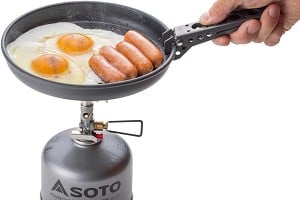

This is a stove that really deserves its name - it's extremely small and easily collapsible. The stove consists of a base with a burner and piezo igniter, windscreen, a 1.2 liter pot and a lid in sturdy polycarbonate plastic which can also serve as a colander, with its bayonet fastening. All the components can be packed into the pot, leaving room for a 100 gram LP gas cartridge. Primus' fuel-efficient burner and the EtaPower pot cut down on weight in your pack, by cutting down on fuel. To protect the non-stick coating, a graded bowl made of hygienic, environmentally friendly polypropylene is included. The bowl also makes an excellent serving bowl. 
Details of the full range at : www.rosker.com
Available all over the UK: Stockists at: www.rosker.com/stockists
ABOUT PRIMUS

When the patent had expired and other manufacturers could begin to compete with their own kerosene stoves, they found they had to put up with people referring to their stoves as Primus stoves, too.
Hillary & Tenzing at Mount Everest
After more than a month of trekking and climbing, hauling ten tons of equipment over countless crevasses and across the unexplored, thousand meter high Khumbu Icefall, the expedition set up top camp, one hundred meters below the razor summit of Mount Everest, the world's highest mountain. The British expedition under the leadership of John Hunt had steadily fought its way closer to the peak. Each day had been a struggle against the harsh and unpredictable elements. Now its members could actually see the summit, so close yet so far away.
A New Zealander, Sir Edmund Hillary, and a Sherpa, Tenzing Norgay from Nepal, were given the honour of trying to make the top. But they had to break off their first attempt because they simply did not have the strength to make it all the way. Once they had rested up for a couple of days, it was time to try again. It was clear and sunny and it seemed as though they were going to make it. But the weather suddenly changed to a lashing storm that made it impossible to see the attempt through.
Primus was here
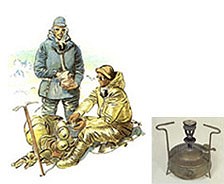
Throughout the entire expedition its members had cooked food, made tea, boiled water and lit up the dark nights with Primus stoves and lanterns that worked without problem, regardless of winds or temperatures.

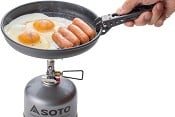
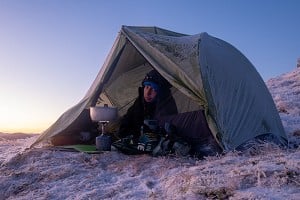
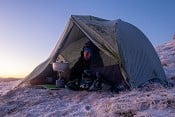
Comments